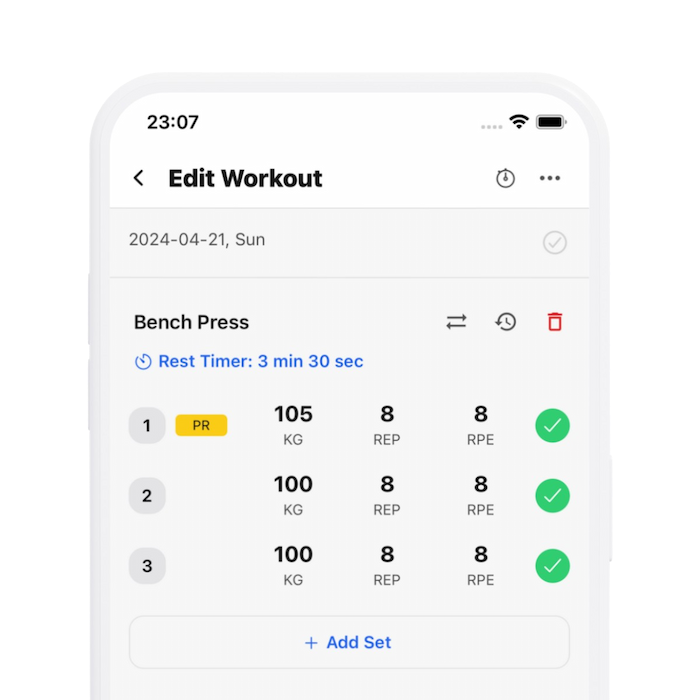30 Seconds SummarySumo vs. Conventional: What’s Best for You?
- Choosing between sumo and conventional deadlifts often comes down to personal preference and biomechanics rather than one being superior to the other.
- Consistency in training, rather than frequently changing styles, is key to making progress in deadlifting.
- Sumo deadlifts can be beneficial for those with limited lower-back mobility and those aiming to emphasize hamstrings and glutes.
- Conventional deadlifts might be preferable for athletes seeking to improve performance in sports involving running and jumping, focusing on lower back and erector muscles.
- Biomechanical considerations such as torso, arm, and leg length relative to overall height can help determine the most suitable deadlift style for an individual.
- Experimenting with both styles of deadlifting in training can lead to a more balanced physique and may help in overcoming plateaus.
- Ultimately, the best choice between sumo and conventional deadlifts depends on what feels comfortable, safe, and effective for an individual's specific body mechanics and training goals.
Biolayne
Mike Samuels
